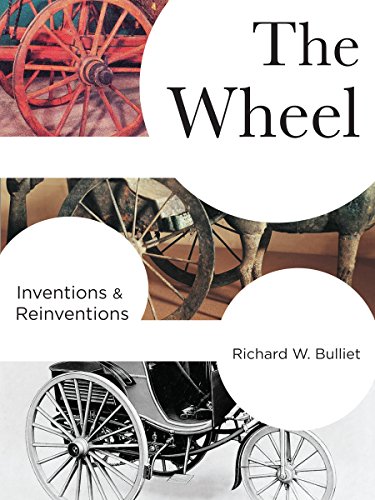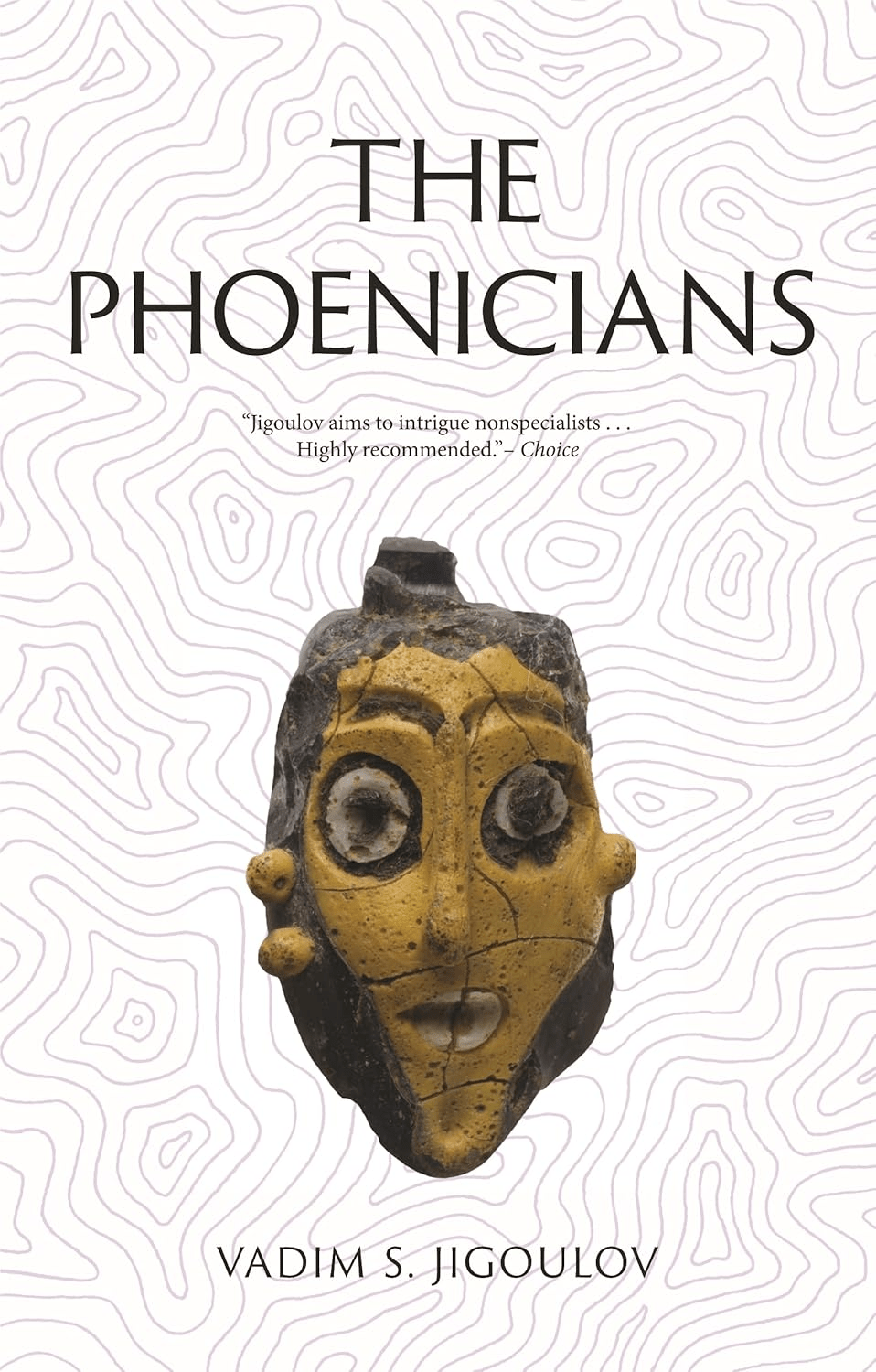
The Wheel: Inventions & Reinventions
Graham Chandler
Richard W. Bulliet
2016, Columbia UP, 978-0-23117-338-4, $27.95 hb.
Ask anyone to name humankind’s greatest invention and most respondents will say the wheel—it transformed society forever. In this well-illustrated volume, Richard Bulliet cogently argues that wheels really weren’t all that revolutionary: Unlike the horse or the elephant, they needed even terrain to work well, they broke down and they required motive power. And he challenges the generally accepted belief that wheels evolved from simple rollers in Mesopotamia some 5,500 years ago. He proposes they were born in the mines of the Carpathian Mountains in Central Europe half a millennium before that. He presents and explains little-known facts that will intrigue technology buffs, and doesn’t forget the psychological aspects of wheel culture, addressing, for instance, European (male) aristocracy’s initially derisive attitudes toward riding in carriages. Significantly, he directly tackles the theories of prominent scholars like Stuart Piggott and Jared Diamond on the origins and early applications of wheel technology, which will surely stimulate lay readers’ thinking and spark debate among academics.
You may also be interested in...

Archaeology and Geology of Ancient Egyptian Stones—Book Review
In categorizing the stones the ancient Egyptians used, author James A. Harrell unites geology, archeology and cultural history in one monumental reference.
Discoveries From Phoenician Seafaring City-States Reveal Trade, Not Conquest Bound Mediterranean World
Author Vadim S. Jigoulov’s The Phoenicians reveals that Phoenicia’s seafaring city-states bound the Mediterranean world via trade rather than conquest.